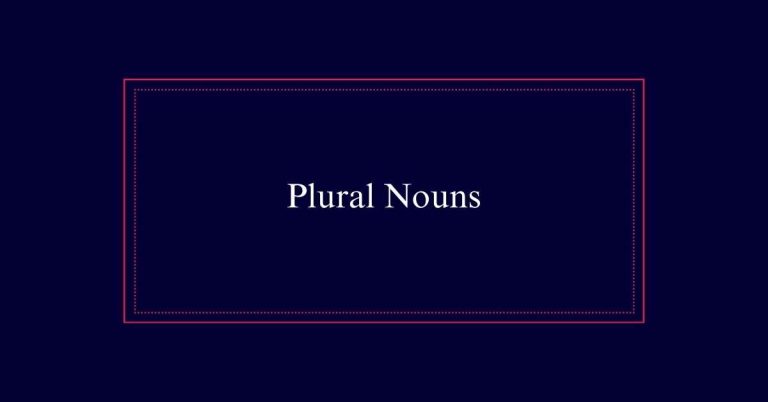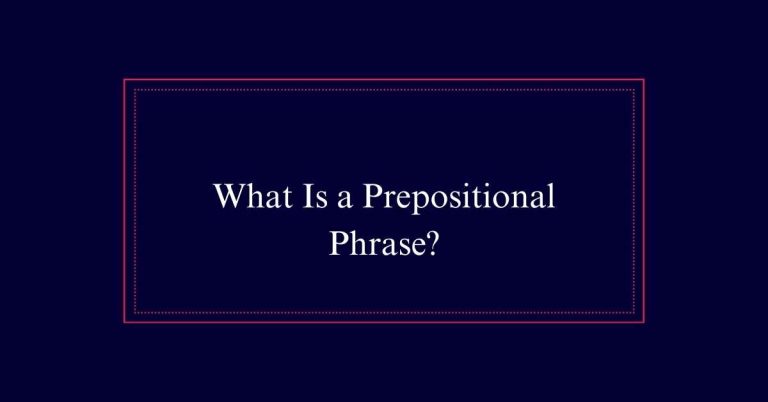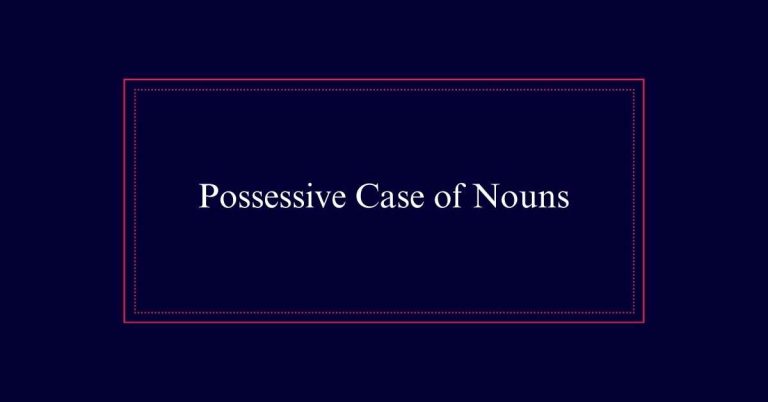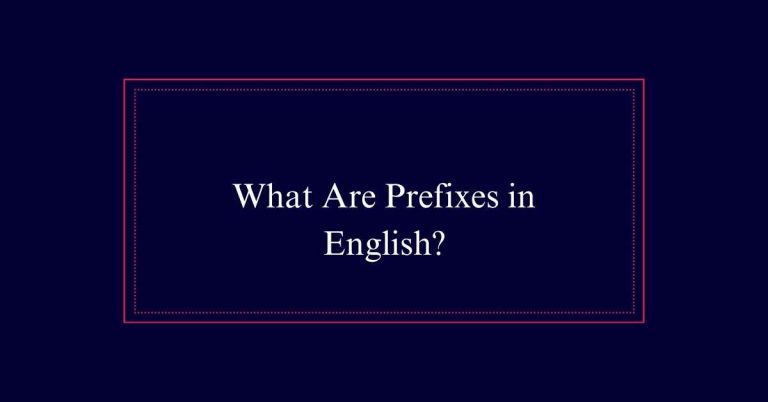What Are Vowels?
Vowels are fundamental speech sounds represented by the letters A, E, I, O, U, and sometimes Y. They are produced without blocking the airflow in the vocal tract, differentiating them from consonants, which require some form of closure.
Vowels are important for word formation and influence pronunciation, pitch, and accent. For example, the word ‘hat’ uses a short ‘a’ sound, whereas ‘hate’ uses a long ‘a’.
Understanding Vowels
Understanding vowels begins with recognizing that they are the essential speech sounds unblocked for word formation and pronunciation.
Vowels are the letters A, E, I, O, U, and sometimes Y. Unlike consonants, vowels are produced without blocking the airflow in the mouth. They vary in pitch, accent, volume, and duration, which influence the sound and meaning of words.
Each syllable in a word must contain a vowel sound, making them important for proper spelling and grammar. For instance, the word ‘cat’ uses the vowel ‘a’ to form its syllable.
Vowels Vs. Consonants
Vowels and consonants are the two primary categories of letters in the English alphabet, each serving distinct roles in speech and writing.
Vowels (A, E, I, O, U, and sometimes Y) are produced with an open vocal tract, allowing air to flow freely. Consonants, on the other hand, involve partial or complete closure of the vocal tract, blocking airflow.
The distinction between vowels and consonants is essential for phonetics and phonology. Vowels form the nucleus of syllables, while consonants surround them to create words. This interplay defines the rhythm and structure of language.
The Five Main Vowels
The five main vowels in the English language are A, E, I, O, and U. These vowels play an essential role in the formation of words and sounds. Each vowel can produce multiple sounds depending on its position in a word and the surrounding letters.
Here is a simple breakdown:
| Vowel | Short Sound | Long Sound |
|---|---|---|
| A | /æ/ as in ‘cat’ | /eɪ/ as in ‘cake’ |
| E | /ɛ/ as in ‘pet’ | /iː/ as in ‘see’ |
| I | /ɪ/ as in ‘sit’ | /aɪ/ as in ‘kite’ |
| O | /ɒ/ as in ‘pot’ | /oʊ/ as in ‘home’ |
| U | /ʌ/ as in ‘cup’ | /juː/ as in ‘mule’ |
Role of Vowels in Words
In English, vowels serve as the essential building blocks that enable words to be pronounced and understood. They provide the necessary sounds that connect consonants and form syllables.
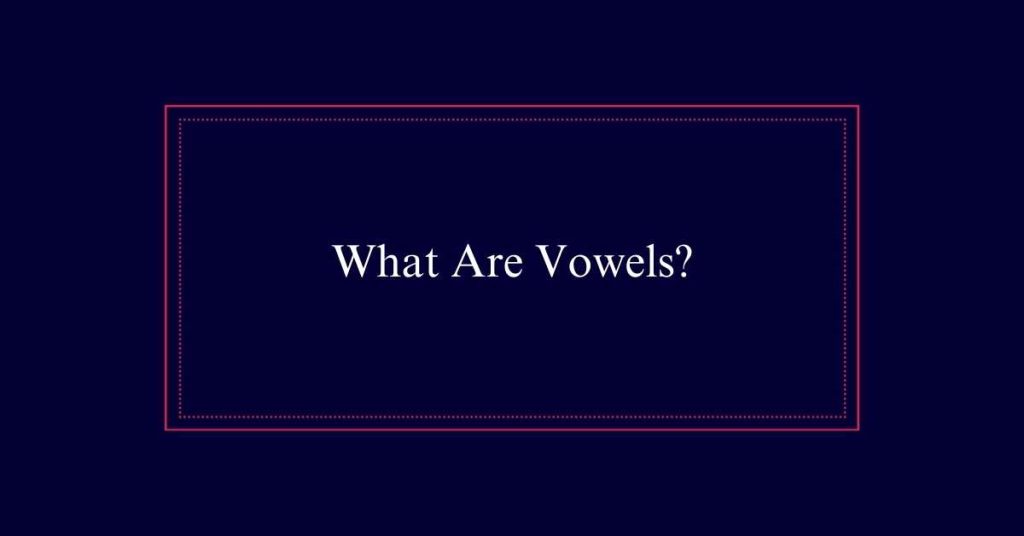
A word must include at least one vowel to be considered important, as vowels facilitate the vocalization of the word. In addition, vowels affect the meaning and grammatical function of words. They can change the tense, plurality, or even the entire meaning of a word.
For example, the words ‘hat’ and ‘hate‘ differ in meaning due to the presence of a long vowel sound in ‘hate.’ Therefore, vowels are vital for the clarity, structure, and overall functionality of language.
Vowels in Syllables
Every syllable in English must contain at least one vowel sound to be properly formed. Vowels are the core of syllables and provide the necessary vocalic sound that syllables require.
Here are key points to understand the role of vowels in syllables:
- Syllable Structure: Each syllable has a vowel sound at its heart, even if it is surrounded by consonants.
- Open and Closed Syllables: An open syllable ends in a vowel (e.g., ‘he’), while a closed syllable ends in a consonant (e.g., ‘cat’).
- Diphthongs: These occur when two vowels combine in a single syllable to create a unique sound (e.g., ‘coin’).
- Syllabic Consonants: Sometimes, consonants like ‘l’ and ‘n’ can act as syllables in the absence of vowels (e.g., ‘button’).
Short and Long Vowels
Understanding short and long vowels is essential for mastering English pronunciation and spelling.
Short vowels are typically heard in simple, single-syllable words. For instance, the ‘a’ in ‘cat,’ the ‘e’ in ‘bed,’ the ‘i’ in ‘sit,’ the ‘o’ in ‘not,’ and the ‘u’ in ‘cup.’ These sounds are brief and do not resemble the letter’s name.
Long vowels, conversely, sound like the letter’s name itself. Examples include the ‘a’ in ‘cake,’ the ‘e’ in ‘see,’ the ‘i’ in ‘kite,’ the ‘o’ in ‘boat,’ and the ‘u’ in ‘flute.’
The Special Case of Y
The letter Y presents a unique case in the English language, functioning both as a consonant and a vowel. This dual role depends on its position and the surrounding letters in a word. As a consonant, Y appears at the beginning of words, like ‘yellow‘ and ‘yes.’ As a vowel, it often replaces another vowel sound.
Here are four key points about Y as a vowel:
- At the end of words: e.g., ‘happy,’ ‘candy.’
- In the middle of words: e.g., ‘gym,’ ‘myth.’
- In diphthongs: e.g., ‘boy,’ ‘day.’
- In unstressed syllables: e.g., ‘supply,’ ‘mystery.’
Words Without Vowels
Certain English words manage to exist without traditional vowels, often borrowing from other languages. Examples include ‘crwth’ and ‘cwm,’ which originate from Welsh. These words use the letter ‘w’ as a vowel sound.
Another example is the word ‘nth,’ which omits vowels altogether. Additionally, acronyms like ‘rhythm’ and ‘syzygy’ use the letter ‘y’ as a vowel.
These exceptions highlight the flexibility and complexity of the English language. Though rare, these vowel-less words demonstrate that English can accommodate diverse linguistic influences.
Assonance in Literature
In literature, assonance refers to the deliberate repetition of vowel sounds within close proximity to create a harmonious effect. This technique enhances the musical quality of prose and poetry, providing rhythm and mood.
Consider these points about assonance:
- Sound Harmony: Assonance creates a pleasing sound pattern, making text more enjoyable to read.
- Emphasis: Repeated vowel sounds can draw attention to particular words or themes.
- Mood Setting: Different vowel sounds can evoke various emotions, from melancholy to joy.
- Memorability: Texts with assonance are often more memorable due to their rhythmic nature.
Enhancing Pronunciation Skills
Mastering vowel sounds greatly enhances pronunciation skills. Accurate pronunciation helps in effective communication and reduces misunderstandings. To improve, focus on listening, repeating, and practicing vowel sounds regularly. Here is a helpful guide to understanding different vowel sounds:
| Vowel Sound | Example Word | Phonetic Symbol |
|---|---|---|
| Short ‘a’ | Cat | /æ/ |
| Long ‘e’ | See | /iː/ |
| Short ‘i’ | Sit | /ɪ/ |


